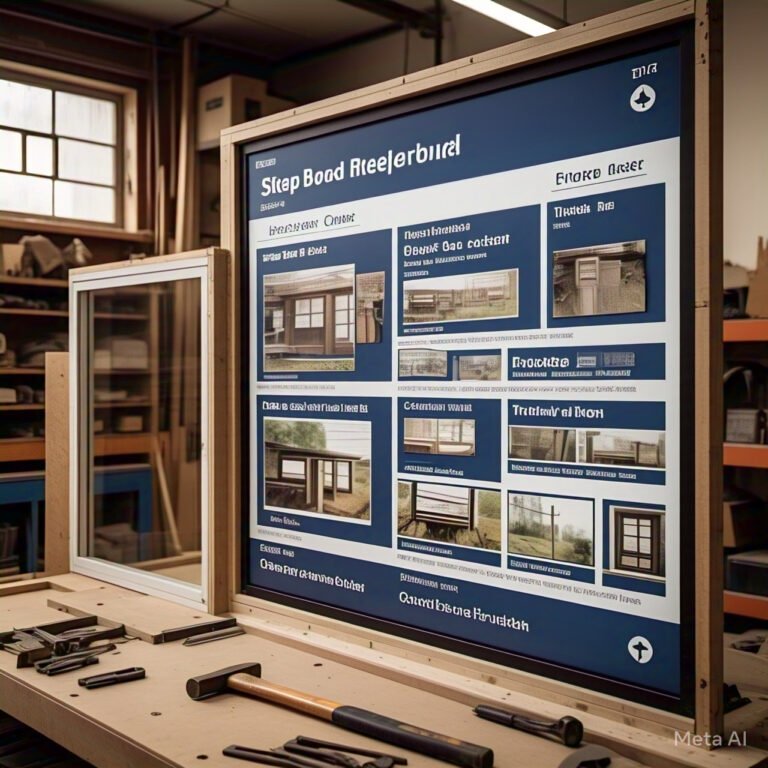6 of Europe’s Most Extraordinary Wooden Structures
Across Europe, wooden structures stand as symbols of the past, reflecting craftsmanship, culture, and regional identity.
According to a 2022 report by the Council of Tall Buildings and Urban Habitat, Europe is home to 60 of the world’s 84 tall timber structures. From the traditional wooden homes in Scandinavia to the modern timber buildings in Central Europe, these structures offer a glimpse into how locals have adapted to their environment using wood.
Here, we explore six of Europe’s most iconic wooden structures, which capture the essence of the region’s architectural heritage and highlight the importance of preserving these landmarks for future generations.
1. Borgund Stave Church, Norway
A stave church is a wooden building that was once common in medieval times. Today, most of the surviving stave churches reside in Norway, and they are an iconic example of medieval wooden architecture.
The most famous of the stave churches is undoubtedly the Borgund Stave Church. Built in the 12th century and located in the Sogn og Fjordane region, the church was designed using the stave method, where vertical wooden beams staves create the frame of the building. Known for its steep, tiered roof that is used to protect the structure from heavy snowfall, the church is also famous for its intricate wood carvings depicting Christian and Viking figures.
Given Norway’s harsh climate, the preservation of this structure is a testament to the durability and beauty of timber.
2. The People’s Theatre, France
Nestled in the Vosges mountains in France lies the Théâtre du Peuple, the first people’s theatre to be opened in France after the Revolution. Made entirely of wood, with a wooden frame and ceiling shaped like a boat hull, the theatre can seat over 1000 people.
What truly sets it apart is the backstage, which opens out onto the forest. As the audience sits in their seats and those back doors open, the forest and the theatre intermingle, creating an experience like no other.
3. The Black Forest Houses, Germany
In the southern part of Germany, the Black Forest region is home to charming wooden houses known as Schwarzwaldhäuser. These traditional homes are designed to blend seamlessly with the surrounding forest. With their steep, snow-shedding roofs, timber frames, and decorative wooden carvings, many of these houses are still used by the locals today.
The Black Forest has been a hub for skilled woodworkers for centuries, and the architecture reflects the deep connection the people have with the land and its trees. A visit to Triberg, famous for its cuckoo clocks, gives you the chance to experience these woodwork creations firsthand.
4. Palace Park in Białowieża Forest, Poland
Straddling the border of Poland and Belarus, surrounded by trees and wildlife, sits Palace Park, a town that boasts a remarkable collection of historical buildings and palaces. These buildings were constructed using timber from the surrounding Białowieża Forest, one of Europe’s oldest and most beautiful forests.
The Białowieża Palace, as an example, was built in the 19thcentury and was once the residence of Polish Kings. The structure highlights how wood can be used to create both grandeur and simplicity, with carvings and exposed beams that reflect the region’s aristocratic heritage.
5. Kvernufoss Watermill, Iceland
Iceland’s rugged beauty has inspired many wooden structures, although few are as spectacular as the Kvernufoss Watermill. Originally built in the 19th century to grind grain, this timber structure is a stunning example of Icelandic ingenuity. With its thatched roof and wooden waterwheels that still turn when the water flows, the watermill continues to reflect the sustainable use of wood in the rural Icelandic landscape.
Although this watermill has since retired, it still remains a testament to the resourcefulness of Icelandic farmers and their reliance on the land for both sustenance and craftsmanship.
6. The Royal Pavilion, Brighton, UK
Although not a typical “wooden” structure, the Royal Pavillion in Brighton is an exceptional example of how wood can be used in interior design. Originally built as a seaside retreat for King George IV, the Pavilion’s extravagant interior features intricate wooden paneling, as well as wooden structures that support a magnificent dome-shaped roof.
King George IV, known for his extravagant tastes, commissioned the building to reflect his eclectic tastes, and the woodwork played a central role in creating its distinctive aesthetic.
The Cultural Significance of Wooden Architecture
Wooden structures across Europe have long played a central role in the heritage and culture of that region. These buildings – churches, homes, palaces, or monuments – reflect the values, beliefs, and lifestyles of the people who shaped them.
If you wish to explore Europe’s most iconic wooden heritage sites in person, consider getting an eSIM Europe plan, which can make your trip much easier. You can access maps, guides, and resources without stressing excessive roaming charges or having to look for a physical SIM card locally.
Whether you’re planning to travel and explore centuries-old churches from up close or just searching for inspiration for your woodwork online, Europe’s wooden architecture is a testament to human creativity and respect for the natural world.







